This Organizing Pro Shares Her #1 Tip for Keeping Her Home Tidy
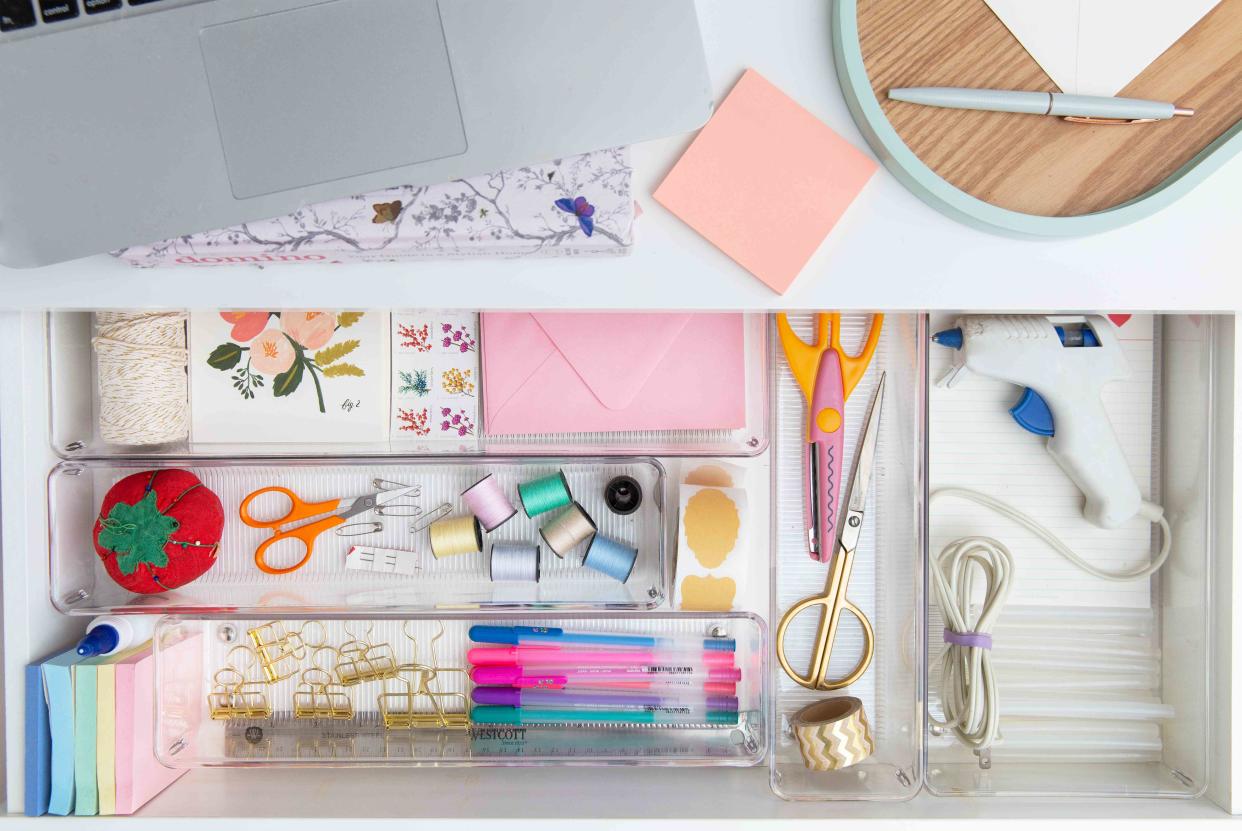
The Spruce / Candace Madonna
Now that we’re firmly planted in March, it feels safe to say it out loud: spring is practically here. Along with bluer skies and brighter days, it also brings the perfect time of year for cleaning and organizing.
After a long and dormant winter, though, getting started on the mass decluttering can feel like a feat in and of itself. Where to begin? And how to approach all the extra stuff we’ve compiled through the holidays and beyond?
Luckily, Ryan Eisland from Home Sort is here to save us. We recently connected with the professional organizer, and she let us in on a secret: it all starts with one small step—literally.
Meet the Expert
Ryan Eisland is one of the founders of Home + Sort, a professional decluttering and organizing company.
Eisland's Top Tip for Organizing: Start Small
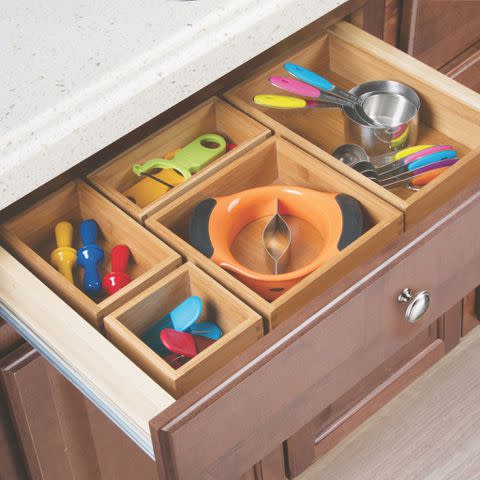
This advice can apply to so many things in life that overwhelm us—if you’re not sure where to begin, focus on one small task that feels manageable. Eisland says her preferred spot to assess first is the junk drawer.
Eisland likes to start by removing everything and throwing away anything that's truly trash. Think broken pens, used sticky notes, outdated soy sauce packets—everything you’ll never need again must go.
Next, assess what items might be better kept elsewhere, like tools that have migrated away from their more logical toolbox home.
“Then, use drawer inserts or dividers and replace items that are functional and needed,” Eisland says.
Ride the Wave of Productivity
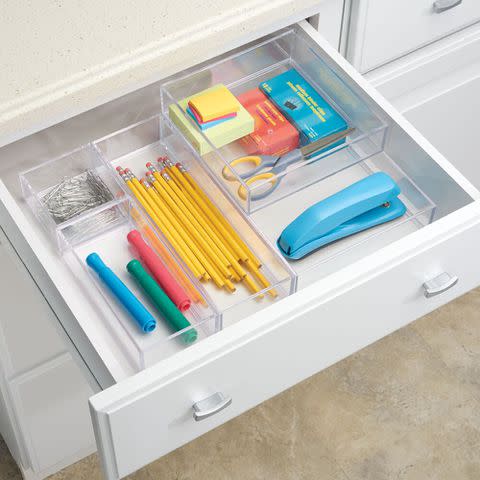
Once you’ve tackled a small space, Eisland says the key here is to keep going. The same approach can be applied in larger areas, so carry the sense of accomplishment with you and tackle other drawers, cabinets, and rooms.
For her and the rest of the Home Sort team, this often means moving on from the junk drawer to the rest of the kitchen.
“The kitchen is a high-touch area, and it's typically where families leave items they use on an everyday basis,” she says
That’s exactly what makes it so satisfying to declutter. Because things are often left in the kitchen, simply assessing what doesn’t belong will mean a ton of extra clutter is gone in an instant.
Analyze, Sort, Replace
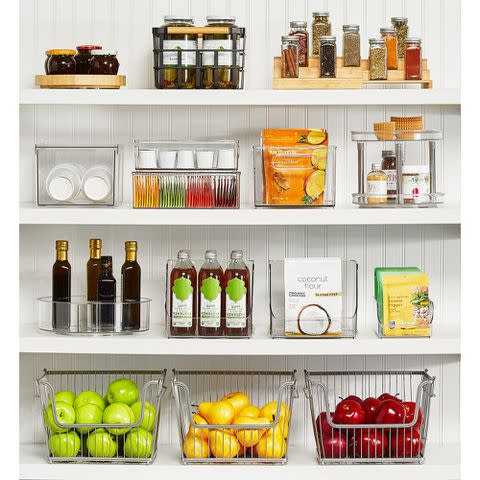
No matter what drawer or room you plan to tackle, Eisland says she always follows the same approach.
“We recommend starting by analyzing the space for what needs to be done and asking questions such as, is there too much stuff to make this work properly?” she says.
Once you’ve done this, sort your items into keep, donate, and toss piles. This part is critical: be realistic about not only what you need, but also what you can fit back into the space.
If Something Doesn’t Have a Home, Make One
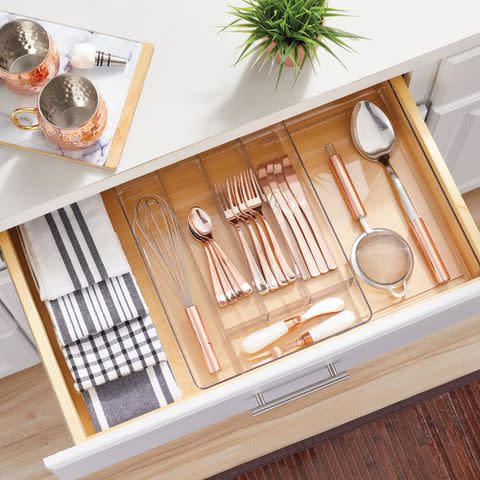
While Eisland gave us great tips for clearing out the junk drawer, she also says the ultimate goal is to get rid of it entirely.
“Rather than having a drawer where miscellaneous items are dumped, declutter them and decide whether you really need them and if they can be intentionally stored elsewhere,” she says.
The problem isn’t usually the drawer itself. It’s the fact the items inside don’t have a true home, or at least not one that makes logical sense.
“The biggest cause of clutter is not having a system—if our belongings don’t have a home, this is the first issue, and then once they have a home, you might not put them away after use,” she says. “This will undoubtedly lead to clutter.”
That’s why most pro organizers suggest investing in drawer organizers and other storage baskets and bins. Sometimes, a simple shelf is not enough to make a functioning, reliable system.
Find the System That Works for You
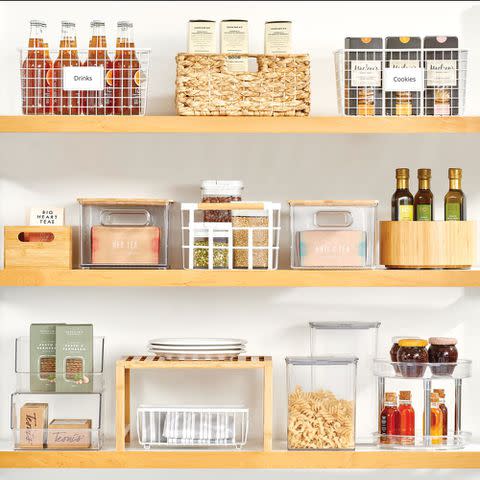
Whether you’re focusing on one drawer or your whole house, Eisland says the key is to set yourself up to win.
As a pro organizer, she is, of course, a big proponent of sorting everything into its own home and keeping it that way. But the reality is that every household is different, and every family will have different systems that work best for them.
“There are a lot of resources that claim to provide the best, easiest, or most aesthetically pleasing way to organize, but the only version that matters is the one that can work for your everyday life,” Eisland says.
Read the original article on The Spruce.

